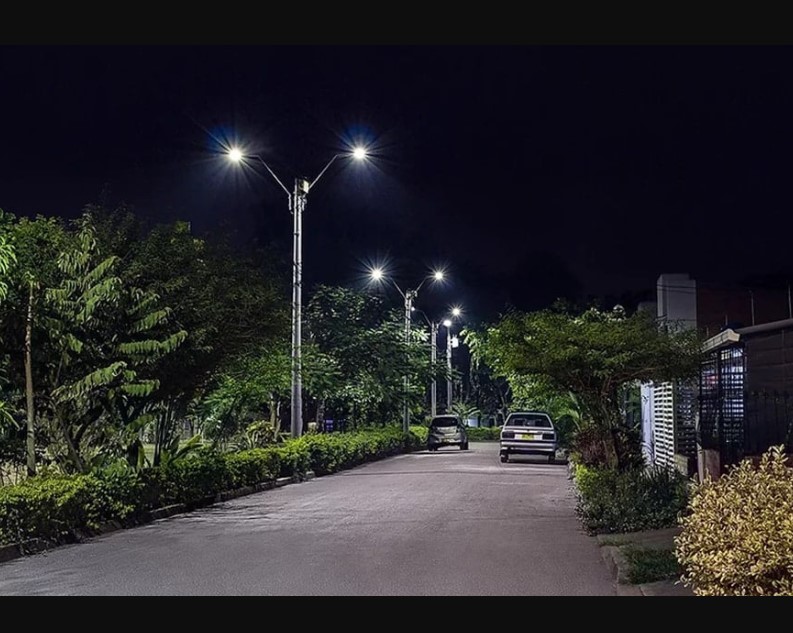In the realm of urban planning and public safety, few elements are as fundamental yet often overlooked as street lighting. The glow of street lamps not only illuminates our pathways but also plays a crucial role in deterring crime and enhancing community safety. However, simply installing lights is not enough; the strategic control and management of street lighting are key factors in maximizing their effectiveness in crime prevention. This article explores the intersection of street light control and crime reduction, shedding light on the innovative technologies and strategies that illuminate safer streets.
The Relationship Between Lighting and Crime:
The relationship between lighting and crime is well-documented in criminology and urban studies literature. Dark, poorly lit areas create environments conducive to criminal activity by providing cover for illicit behaviors such as theft, vandalism, and assault. Conversely, well-lit spaces instill a sense of security, visibility, and social control, thereby discouraging potential offenders and empowering law-abiding citizens to navigate their neighborhoods safely.
The Impact of Street Light Control:
While the mere presence of street lights can contribute to crime reduction, the effectiveness of lighting in enhancing public safety is greatly amplified through advanced control mechanisms. Traditional street lighting systems often operate on fixed schedules or manual switches, resulting in inefficient use of energy and limited adaptability to fluctuating conditions. However, the advent of smart technologies and remote monitoring capabilities has revolutionized the way we manage and regulate street lights.
Dynamic Lighting Solutions:
Dynamic lighting solutions utilize sensors, timers, and intelligent algorithms to adjust light levels based on environmental factors such as ambient light, pedestrian activity, and vehicular traffic. By dynamically dimming or brightening luminaires in real-time, these systems optimize energy consumption while maintaining adequate illumination levels to ensure safety. Moreover, dynamic lighting can be programmed to enhance visibility in high-crime areas during peak hours, effectively deterring criminal behavior.
Geospatial Mapping and Predictive Analytics:
Another innovative approach to street light control involves the integration of geospatial mapping and predictive analytics. By analyzing historical crime data, demographic trends, and urban morphology, authorities can identify crime hotspots and allocate resources accordingly. Geospatial mapping technologies enable precise placement of street lights in areas with the greatest need, while predictive analytics anticipate potential crime patterns and preemptively adjust lighting parameters to mitigate risks.
Remote Monitoring and Maintenance:
Remote monitoring systems enable real-time surveillance of street lighting infrastructure, allowing operators to detect malfunctions, vandalism, or tampering promptly. By receiving instant alerts and diagnostic reports, maintenance crews can respond swiftly to address issues and ensure uninterrupted operation of street lights. Moreover, remote monitoring facilitates proactive maintenance scheduling and performance optimization, thereby maximizing the longevity and reliability of lighting assets.
Challenges and Considerations:
Despite its potential, the widespread adoption of street light control faces several challenges and considerations. Privacy concerns regarding surveillance capabilities and data collection practices must be addressed to ensure transparency and compliance with legal regulations. Moreover, the upfront costs associated with deploying smart lighting infrastructure may pose financial barriers for cash-strapped municipalities, necessitating innovative financing models and public-private partnerships.
Conclusion:
In conclusion, street light control represents a powerful tool in the arsenal of crime prevention and urban safety strategies. By harnessing the capabilities of smart technologies, data analytics, and community engagement, authorities can illuminate our streets not only with light but also with a sense of security and well-being. As we continue to innovate and evolve in the realm of urban planning, let us shine a light on safety and strive to create brighter, safer communities for all.

